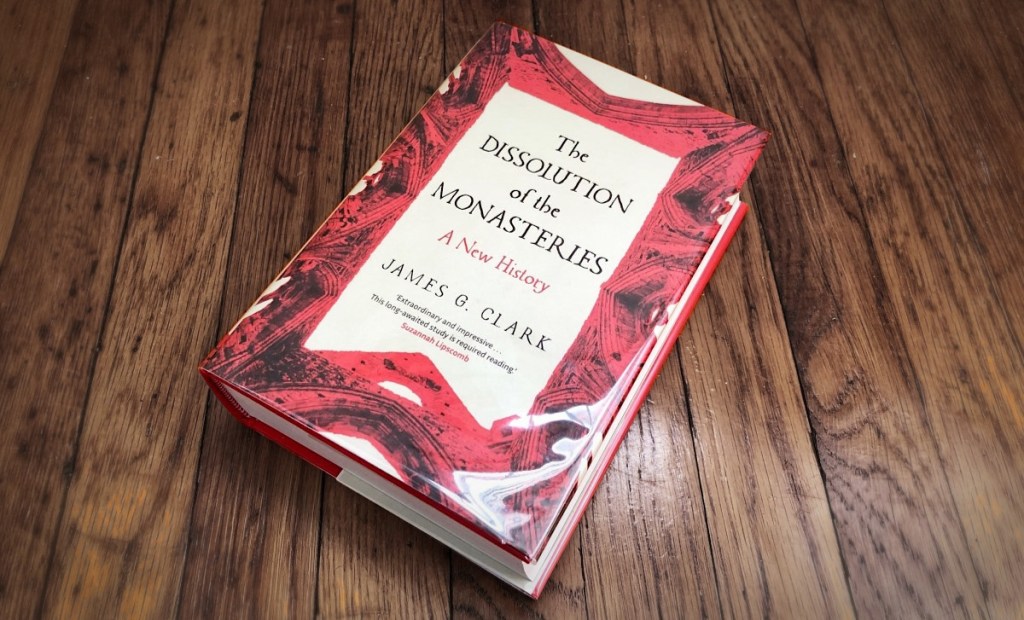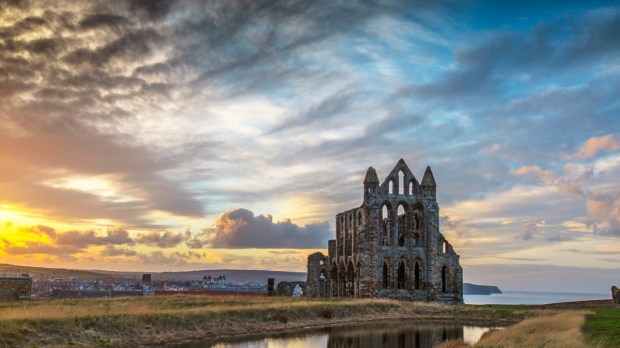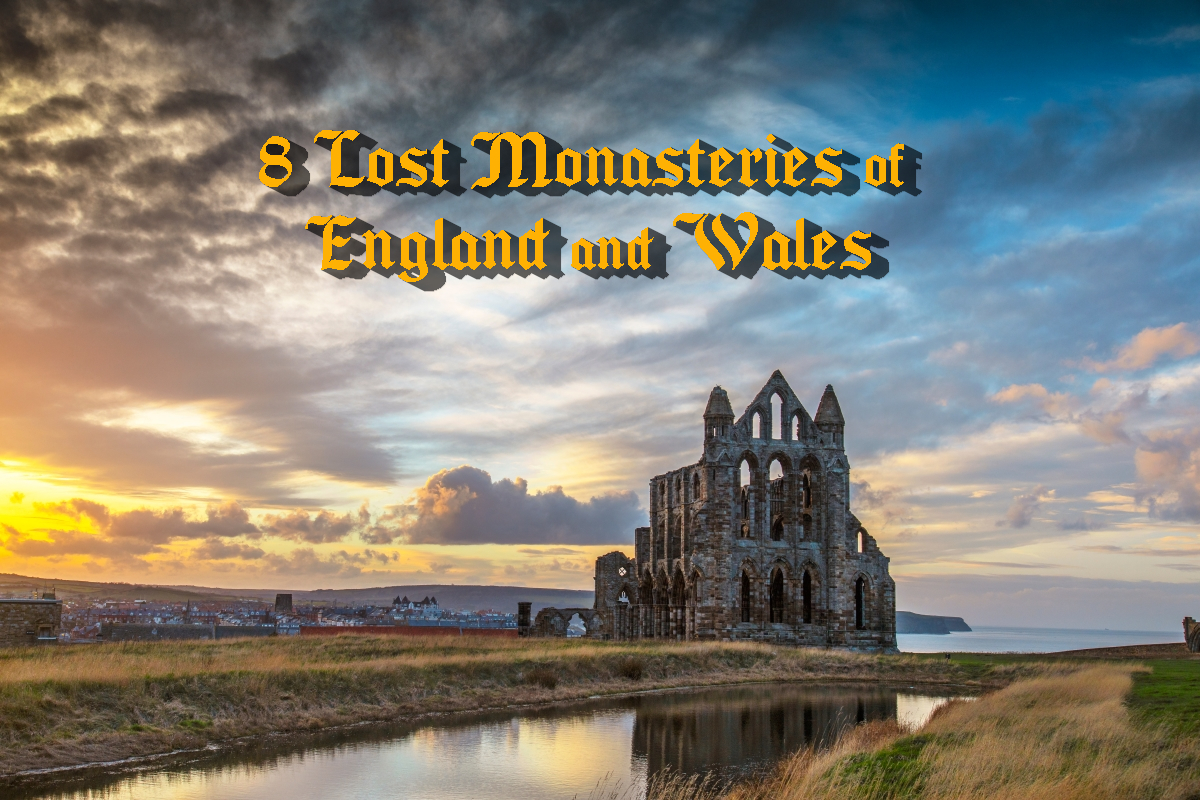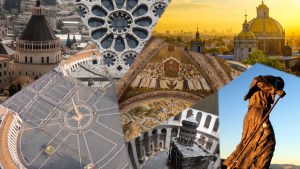According to the historian James G. Clark, when Waltham Abbey was surrendered to Thomas Cromwell in 1540, it marked “the end of almost a millennium of monastic life in mainland England.”
For years, King Henry VIII and Cromwell, his chief minister, had been carrying out “reforms” that resulted in the suppression and eventual disbanding of all religious houses in England — including several hundred monasteries, convents, and friaries. Properties and assets were seized in order to enrich the royal treasury and pay for the king’s military adventures.

The campaign was “unmatched in its scale” according to Clark. In his landmark 2021 book, The Dissolution of the Monasteries, he writes:
Transactions completed locally at or around the moment of dissolution prompted cash flow in several parallel streams that might remain live for months, even years. Contents other than precious treasures, including decorative objects, such as plates and vestments, which because of their material, age, or condition did not merit dispatch to London, were sold on site together with domestic furnishings.
Cultural destruction and exploitation of this extent and ruthless efficiency would not be seen again until the pillaging of Europe by the Nazis during World War II.
Dire consequences
The aftermath of the Dissolution of the Monasteries would prove devastating for the religious life of England. Priests were forced to either discontinue their ministry or join the Church of England. Knowledge was lost. Religious practices that had been at the heart of cultural life were suddenly ended. Perhaps the most devastating effects were upon the poor, who with the end of monastic life lost the one means of support that they could count upon.
Yet the spirit of monasticism could not be entirely killed. Memories of the monks and their great houses of worship lived on. In particular, the monasteries and their ruins continued to haunt the imaginations of writers, poets, and artists for the next 500 years.
View the PHOTO GALLERY below to view 8 Lost monasteries of England and Wales.




